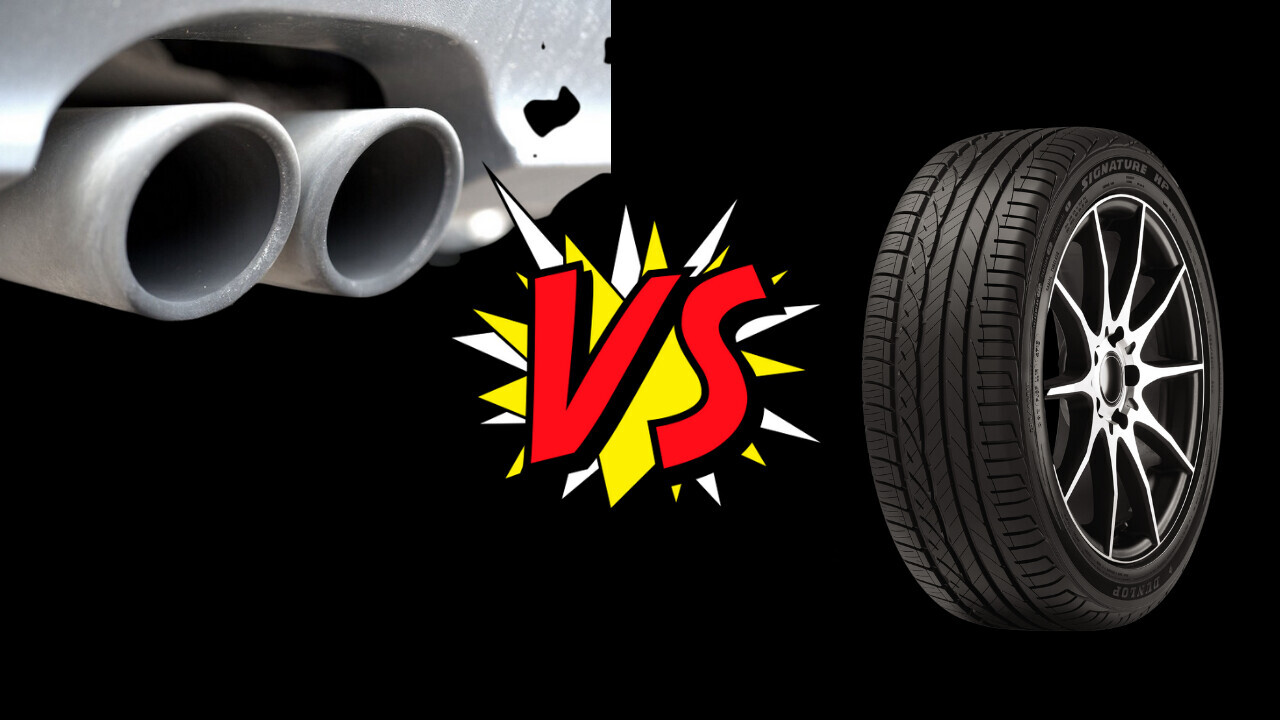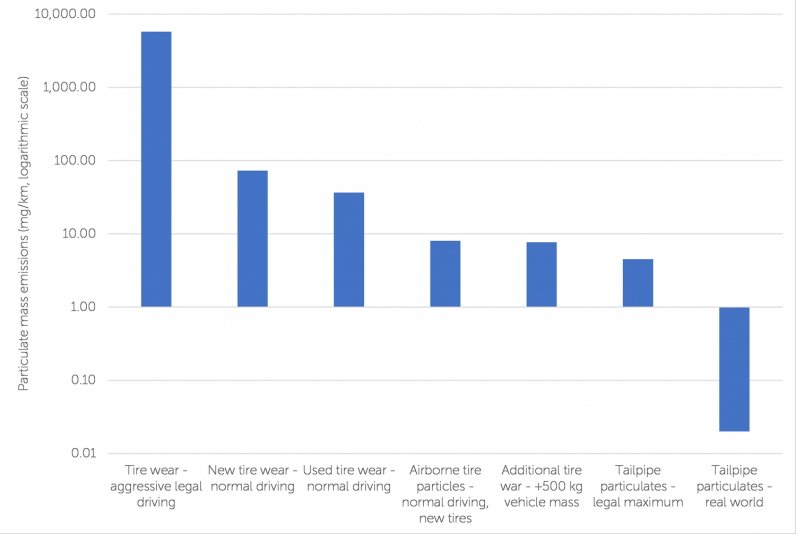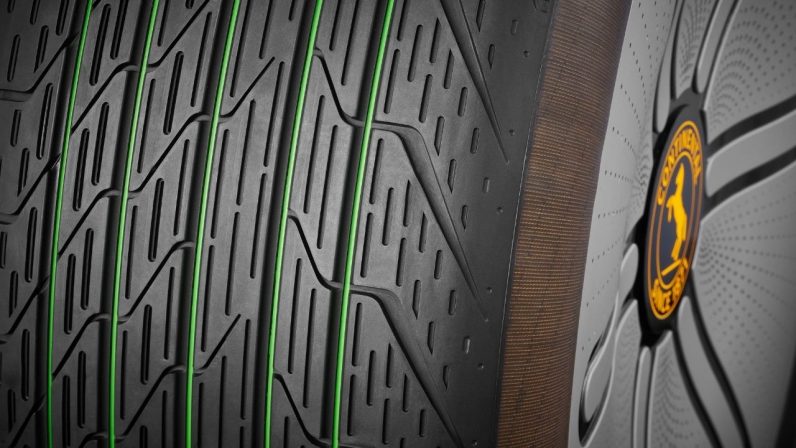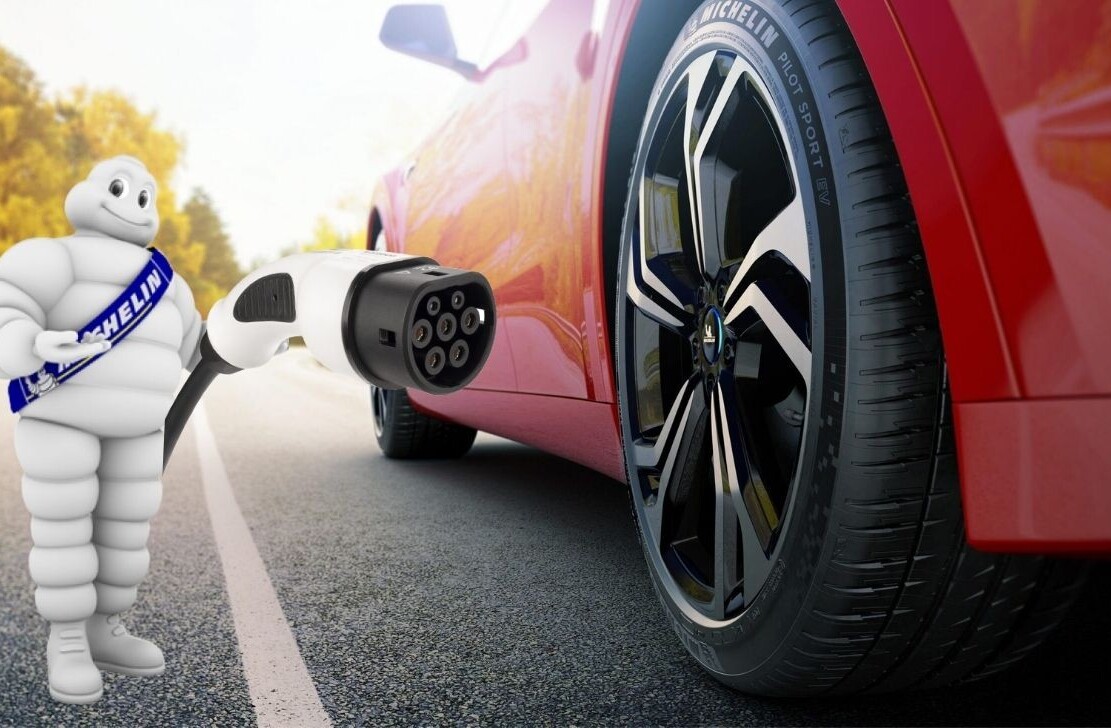
What happens when you publish research about car emissions that manages to piss off not just ICE owners but those using electric vehicles? Well, people have a lot of feelings.
In 2020, UK independent emissions testing firm Emissions Analytics published a research paper claiming that tire particulate wear emissions were 1,000 times worse than exhaust emissions. It generated a huge amount of attention, with the story translated into over 40 languages worldwide.
During driving, the rubber from car tires wears down and flakes off into tiny airborne or roadside particles. These tire emissions can cause damage to people’s health as well as air quality, soil, and water. They occur as a result of tire ingredients, driving behavior, and road conditions.
And, as we’ve previously reported, EVs aren’t blameless when it comes to air pollution. In fact, 55% of roadside traffic pollution comes from non-exhaust particles from both kinds of cars. Of this, around 20% comes from brake dust, which, when inhaled, can cause significant respiratory problems.

Since their original work, the researchers have doubled down on their efforts to understand the extent of the problem. They’ve found that tire wear emissions in normal driving are actually 1,850 times greater than tailpipe particulate mass emissions, almost double the previous figure for aggressive driving — oof.
How are tire particles measured?
In its original tests, Emissions Analytics was concerned that the measurable mass of “tire shedding” would be too small to measure. So it intentionally tested cheap tires, ballasted the car heavily, and drove a test cycle with high speeds and a lot of cornering.
Understandably, the research had its critics in EV-land for not accurately representing common driving scenarios.
So, since the OG study, Emissions Analytics has been testing and analyzing tire wear emissions in detail across a wider range of driving conditions and performed a detailed chemical analysis of hundreds of new tires. It worked with the National Physical Laboratory in the UK objectively to quantify its chemical measurements.
The good news is that tailpipe emissions are substantially lower on new cars as exhaust filters become more efficient.
However, tire wear particles are rising as vehicles become heavier and added power and torque become available. Worse, as tires age, their emissions increase.
Further, the researchers note that half a ton of battery weight can result in tire emissions that are almost 400 times greater than real-world tailpipe emissions, everything else being equal.
Embrace regenerative braking to help the environment
However, they stress that a gentle BEV driver, using regenerative braking, can more than cancel out the tire wear emission. Especially in comparison to an ICE vehicle driven badly at speed. It would be good to get more details on this from the researchers in more detail. It’s definitely something worth investigating further.

Currently, tire makers are investing in making tires specifically for EVs in response to these challenges. There’s also considerable R&D in making tires from renewable, recycled, and traceable materials. We can expect to see more growth and investment in these areas.
Emissions Analytics will soon publish the chemical composition and toxicity of hundreds of different tires in a subscription database. I think it will give tire makers a lot to talk — and get angry — about.
Get the TNW newsletter
Get the most important tech news in your inbox each week.





